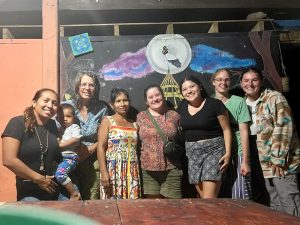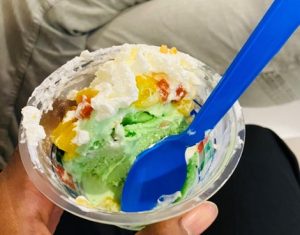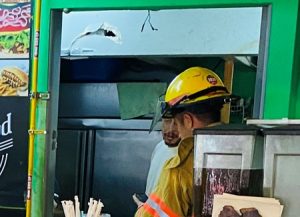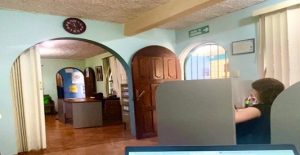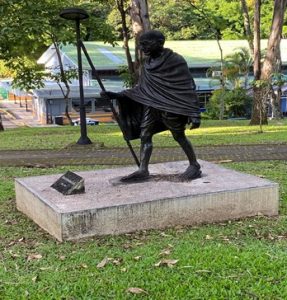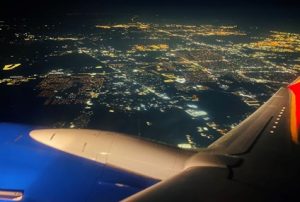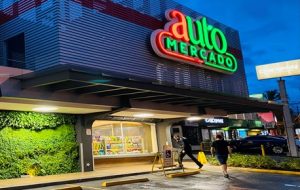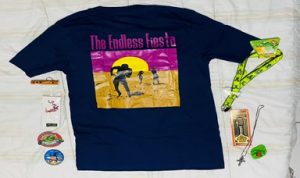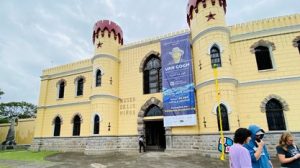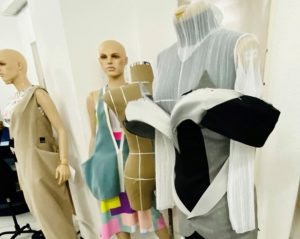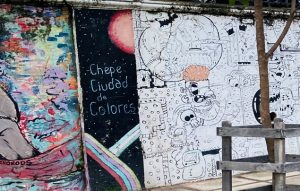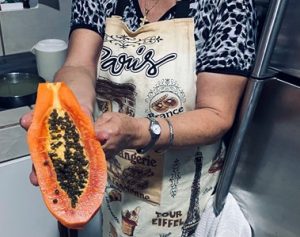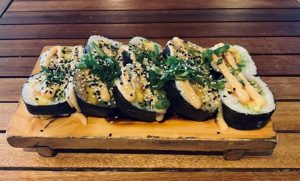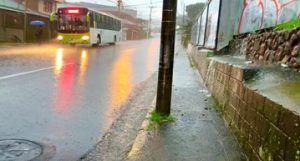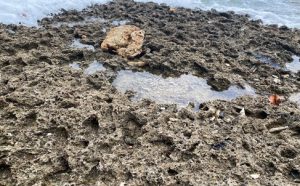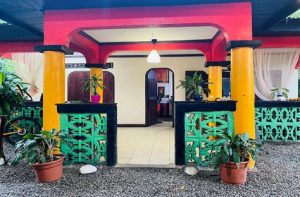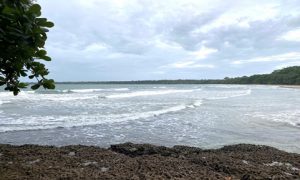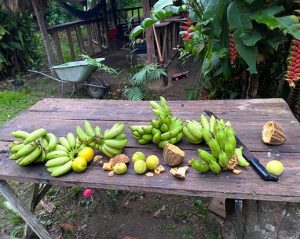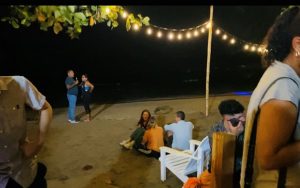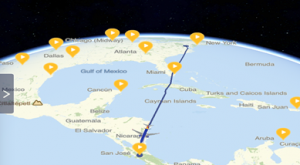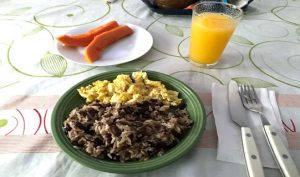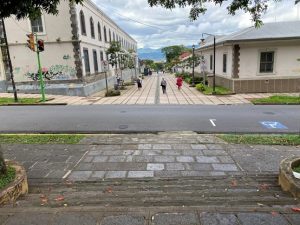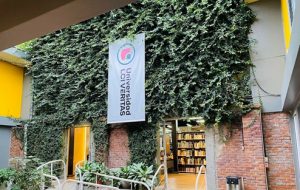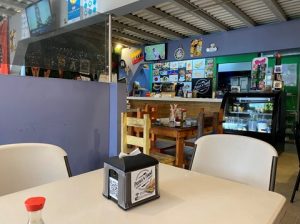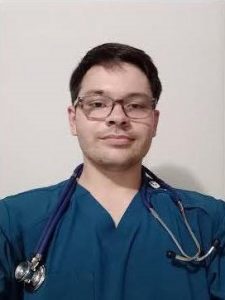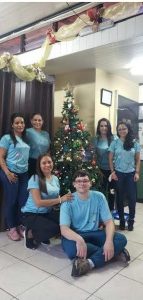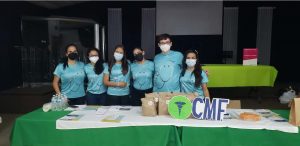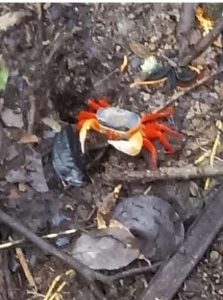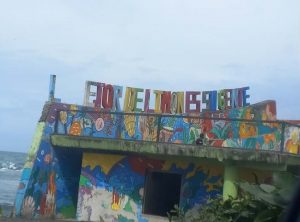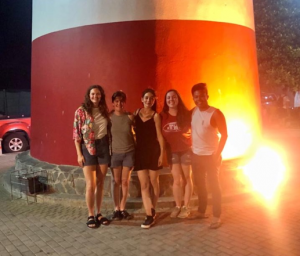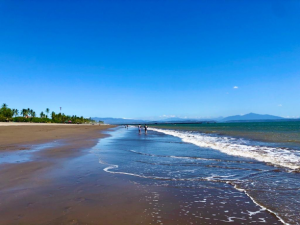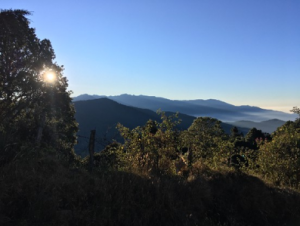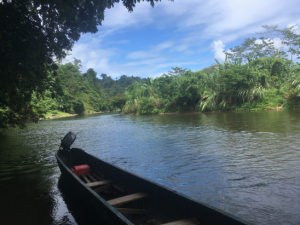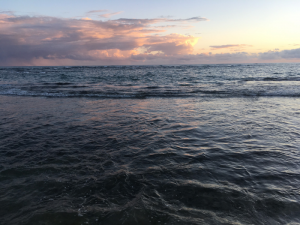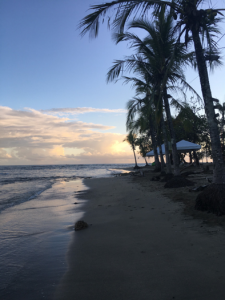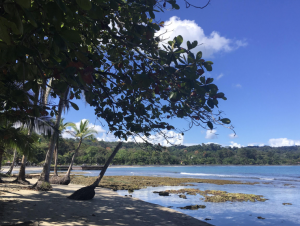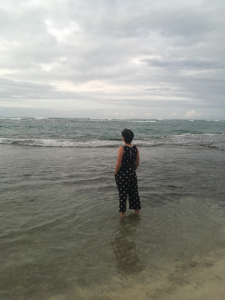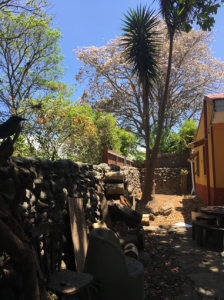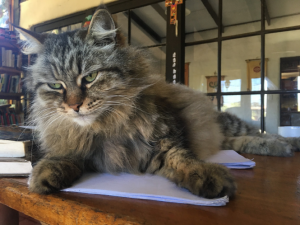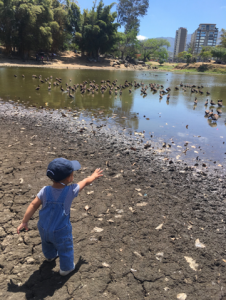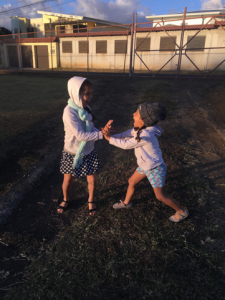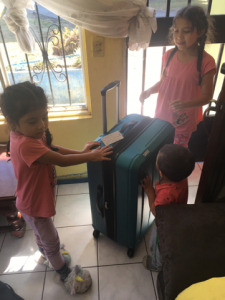Name: Carolyn Dilbeck
Program: Valpo Study Center in Costa Rica
Location: Heredia & San Jose, Costa Rica
Lately, I have become more interested in how agriculture can work with and support nature and the environment rather than deteriorate it as industrial agriculture has done. It has increasingly become a topic of interest for me, and one I’ve wanted to learn more about. This is for a variety of reasons, including my family’s background in agriculture, my interest in ecology and conservation, and my desire to live a simpler life more connected to nature. In fact, one of the factors that drew me to study abroad here in Costa Rica was their commitment to sustainability and the permaculture and regenerative farming practices they have. I have done some reading and seen videos on regenerative farming, but had never been fortunate enough to see it in action. While here I have had the opportunity to do so twice, once at Finca Loroco, run by the BriBri indigenous people and again at Longo Mai, which is run by Salvadoran immigrants.
While both were unique, the common thread was the ingenious (and sustainable) use of the resources that the land provides. In both places people utilized what they had around them to fulfill their needs. Two prominent examples of this at Longo Mai are their use of a biodigester and using the nearby river for hydroelectric power. A biodigester is a machine that breaks down human and animal waste and collects the methane gas that results. This serves multiple purposes: it processes waste, provides gas for cooking in a sustainable manner, and produces fertilizer as a by-product. This fertilizer is then used to nourish the plants without the added expense or harmful synthetic chemicals found in commercial fertilizers, which can contaminate the groundwater and kill beneficial pollinators among other problems. Additionally, the electricity in Longo Mai was generated directly from the nearby river using a relatively simple, low tech hydroelectric system.
These systems are not only renewable but allow for a greater level of independence and self-sufficiency. However, this focus on self-sufficiency is also balanced by an emphasis on community and providing for one another. For example, in Finca Loroco, fruits and vegetables are regularly brought to the farmer’s market and shared with the community. Similarly, in Longo Mai, a portion of the money earned is shared with the community and invested into beneficial projects such as the school, church, and similar community organizations and projects. Additionally, both organizations function as agro-tourist destinations and aim to educate visitors and the public about the importance of their work and how it benefits both people and the environment. I believe that this education is also a crucial part of their mission and the only way that these concepts will be rediscovered and interest in them revived.
Another defining feature of the sustainable agriculture that we’ve visited is that they aim to live in harmony with nature. This includes eating seasonally and reducing dependence on imports, focusing on growing foods that are native and do well in the climate you’re in, and growing compatible crops in the same space so that they can benefit each other. Many of these were common practices among the indigenous people, and even to a lesser extent in the West before industrialization. By combining this ancestral wisdom with the relevant scientific techniques, we can create regenerative food systems that are suited to local needs and considerations and are also beneficial to the environment. For me, this is the only way forward for our food system in our rapidly deteriorating climate. Although many factors are vastly different between here and the Midwest, I’m hopeful that someday I can be involved to some extent in pursuing regenerative agriculture there.
